Alopecia in Dogs | Signs &Treatment
05.12.2021.
One of our favorite things about our dogs is their soft, beautiful coat. Naturally, we want to keep their coats clean and beautiful as long as we can. Like us, dogs can get areas where their coat can suffer some hair loss or bald patches, and that condition is called alopecia in dogs. If you noticed your dog’s coat is losing an unusual amount of hair, and the hair loss is patchy, your dog might have alopecia. Here’s what you should know about alopecia in dogs.
What is alopecia in dogs?
The best way to define alopecia is a partial or complete loss of hair in an area where hair should be naturally present. Dogs lose hair seasonally when they change the thickness and consistency of their coat. However, alopecia is very different from shedding, and most owners don’t really have problems noticing the difference. Alopecia also refers to a dog’s inability to grow hair where hair should be growing. The term is also used for describing most deficiencies in a dog’s coat.
How can I know if my dog has alopecia?
Noticing alopecia is not that hard. Most dog owners will see it without any problem since their dog’s coat will clearly exhibit issues. However, many dog owners aren’t aware dogs can have alopecia, which means the safest way of determining your dog has alopecia is to take them to the vet and get a diagnosis.
Symptoms of alopecia in dogs
One of the things all dog owners should do is learn alopecia symptoms. If you suspect your dog’s coat might be affected and your dog has alopecia, learn the symptoms and see if your dog exhibits them. The good news is that alopecia is easily noticeable. Here are the most common alopecia symptoms in dogs;
- Hair loss
- Bald patches
- Scaly, itchy skin
- Red and inflamed skin
- Symmetrical hair loss
- Wounds from itching
- Discolored skin patches
- Oozing or bleeding in the affected skin area
- Hair loss around eyes and mouth
- Overgrooming
VET TIP: Dogs can get skin issues for all sorts of reasons. Some reasons are a lot more severe than others, so it would be best not to wait and get your dog checked out as soon as possible.
What causes alopecia?
Alopecia is rarely a problem on its own; it is usually a sign of an underlying issue that results in hair loss and other possible skin issues. Vets will eliminate potential issues until they reach the most likely cause of alopecia in an affected dog. Some of the possible causes of alopecia in dogs are;
Follicular Dysplasia
This is mainly an issue that affects specific dog breeds, and it is described as being moth-eaten in appearance.
Post-Clipping Alopecia
This is an issue that happens after a part of the dog’s coat is clipped. Why precisely this type of alopecia happens is unknown.
Post-Injection Alopecia
As the name says, this form of alopecia happens after an injection. It is most common after rabies or steroid injections due to the inflammation they can cause.
Traction Alopecia
Dogs that wear collars or hairbands can get traction alopecia because these things are too tight.
Pinnal Alopecia
Pinnal alopecia is located on the dog’s ears, and the hairs are thinner, smaller, and getting smaller and smaller. It is not entirely known why this issue happens.
Pattern Baldness
Pattern baldness is still somewhat of a mystery. It is common in Dachshunds, and it can cause hyperpigmentation.
Cushing’s disease
One of the possible alopecia causes is Cushing’s disease. The dog’s body will overproduce hormones, which can affect the quality and health of the dog’s coat.
Parasites
Different internal and external parasites can cause alopecia in dogs. Fleas, mites, ringworms, roundworms, tapeworms, and nearly all parasites can affect the dog’s coat health.
Allergies
Like humans, dogs can have seasonal or food allergies. One of the possible symptoms of allergies is alopecia.
How do vets diagnose alopecia?
The first step to diagnosing alopecia in dogs is to perform a physical examination. Alopecia in dogs is not hard to diagnose. Still, since it is usually a result of an underlying issue, the vet will have to perform other tests to determine the underlying cause. Some of the tests vets can order are;
- Blood tests
- Skin scrapings
- Biopsies
- Fungal cultures
- Stool sample analysis
In some cases, where all these tests don’t show any specific issue, the vet will diagnose the exact type of alopecia by the elimination method. That means they ruled out all other causes, and the one that remains is probably the culprit.
How is it treated?
Naturally, most dog owners want to know how to treat their dog’s alopecia. The first thing we need to understand is that alopecia is mostly a symptom of underlying issues. The exact treatment will be determined by the diagnosis and the exact cause of alopecia. That means you can’t cure skin problems caused by parasites by only treating the skin. You need to take care of parasites, and alopecia will go away.
Nevertheless, the most common alopecia treatment options include different types of medications. Vets can prescribe your dog antiparasitic, antifungal, antibiotics, or any other kind of drug that can help with the underlying issues. Treatment can also include creams, ointments, topical antibiotics, and shampoo.
VET TIP: When alopecia is caused by autoimmune diseases or is genetic, it is unfortunately incurable.
Can alopecia in dogs be prevented?
There are ways to prevent alopecia by preventing underlying diseases that can cause it. You should make sure your dog is safe from parasites, and their coat might be safe from alopecia. Your dog has to be regularly vaccinated and have a healthy diet to support their skin and coat health. Unfortunately, when it comes to genetic reasons or autoimmune diseases, alopecia cannot be prevented.
World Dog Finder team

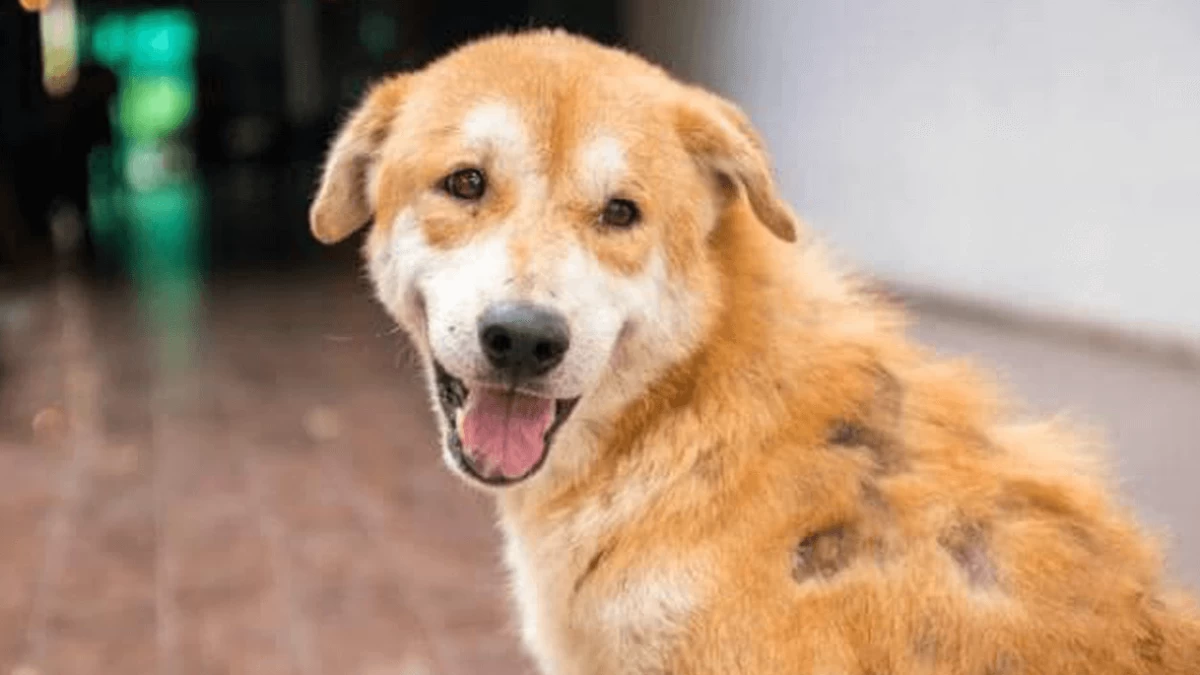
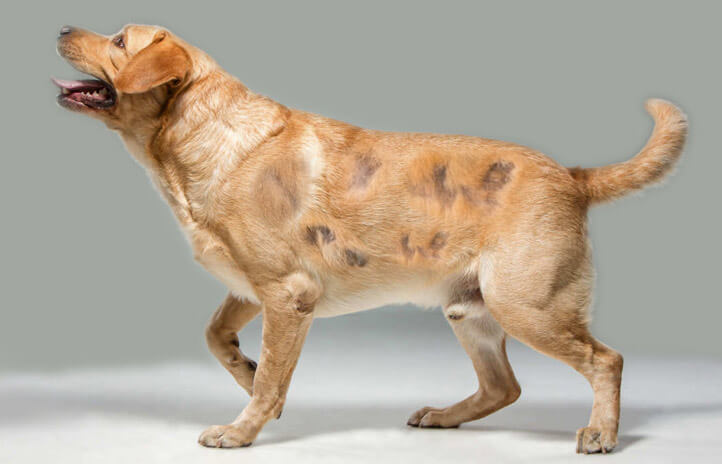
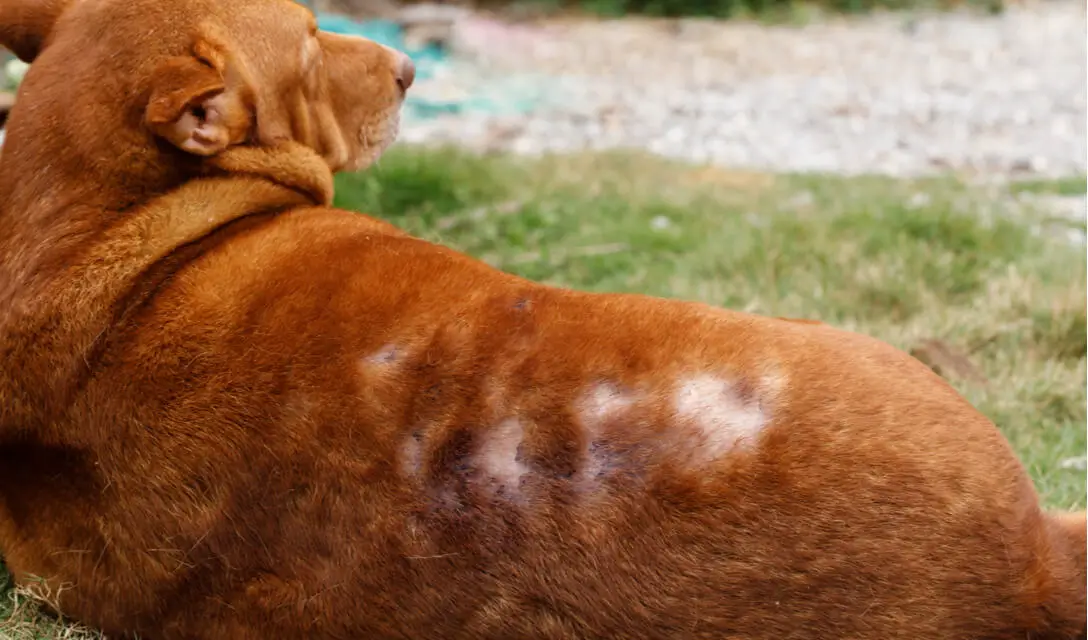
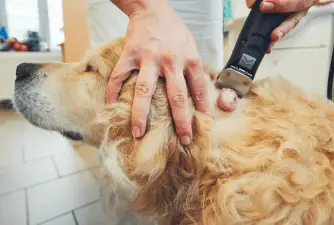
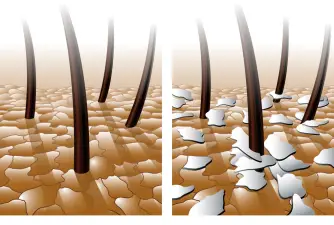
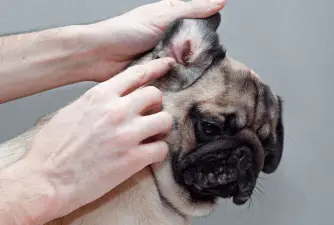
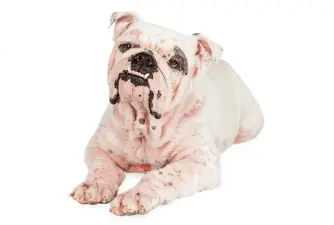

Share